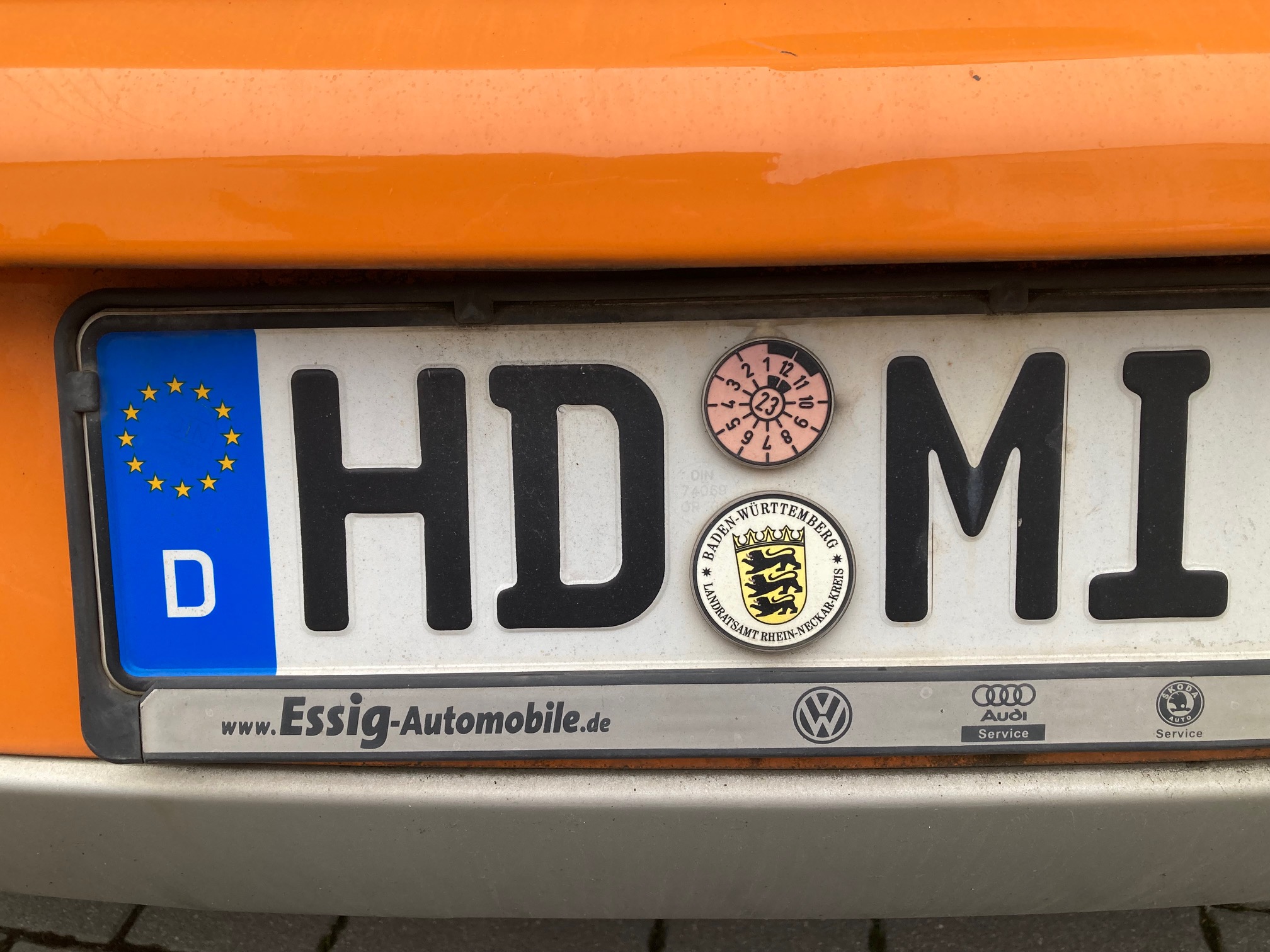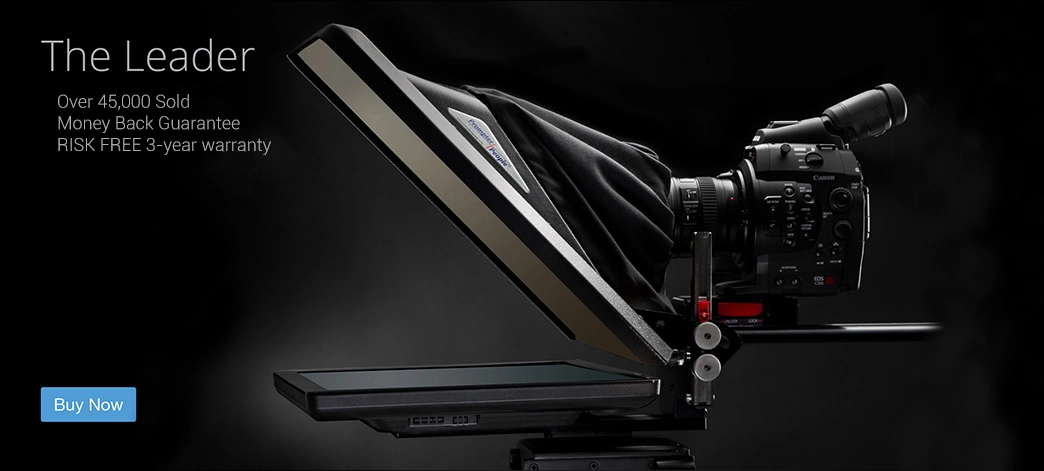Information that helps - HDMI, SDI and VGA interfaces compared
Why are these 3 standards important for teleprompter? Please see first the comparision of the 3 and then see the conclusion at the end.
VGA (Video Graphics Array) is a display interface that was commonly used for connecting computers to monitors and projectors. It uses a 15-pin connector and carries analog video signals. VGA has a maximum resolution of 640x480 pixels and can support refresh rates of up to 85Hz.
HDMI (High Definition Multimedia Interface) is a digital interface that is commonly used for connecting devices like Blu-ray players, game consoles, and computers to displays like TVs and monitors. HDMI uses a 19-pin connector and carries audio and video signals in digital form. HDMI supports resolutions up to 4K (3840x2160 pixels) and can refresh at rates up to 120Hz. HDMI also has the ability to transmit 3D video and audio signals.

SDI (Serial Digital Interface) is a professional digital video interface that is commonly used in the television and film industry. It uses a coaxial cable to transmit video signals in digital form and supports resolutions up to 1080p (1920x1080 pixels). SDI is often used in broadcast environments due to its ability to transmit high-quality video signals over long distances without degradation.
One key difference between VGA, HDMI, and SDI is the type of signal they use. VGA uses analog signals, while HDMI and SDI use digital signals. This means that HDMI and SDI are capable of transmitting higher-quality video and audio compared to VGA, as they are not subject to the same level of signal degradation and noise that can occur with analog signals.
Another difference between the three interfaces is their maximum resolution and refresh rate. VGA has a lower maximum resolution and refresh rate compared to HDMI and SDI, which means that it is not suitable for high-definition video or high picture rates. HDMI and SDI, on the other hand, are capable of transmitting high-definition video and can support higher refresh rates, making them better suited for applications that require a high level of detail and smooth motion.
In terms of connectivity, VGA uses a 15-pin connector, while HDMI uses a 19-pin connector and SDI uses a coaxial cable. This means that HDMI and SDI are generally not compatible with VGA devices, and vice versa. However, there are adapters available that can allow you to connect devices with different connectors, such as a VGA to HDMI adapter.
VGA is still commonly used in many applications due to its widespread availability and compatibility with a large number of devices. However, HDMI and SDI are generally preferred for applications that require high-definition video and audio, as they offer superior signal quality and resolution. It is important to consider the specific needs of your application when deciding which interface to use.
I guess you see the importance yourself. It is a matter of quality and compatibility. In a Highend studio you use the SDI standard and all cable used are for SD. So you have to use the SDI standard.
Because a teleprompter shows only text the VGA standards works in the most situations. So really often even today VGA works great. But maybe your laptop does not support VGA so you need HDMI. For shure you need to have a deeper look what you need in your production environment.
See more at:

Quelle: SCHNITTPUNKT UG


 Englisch
Englisch


